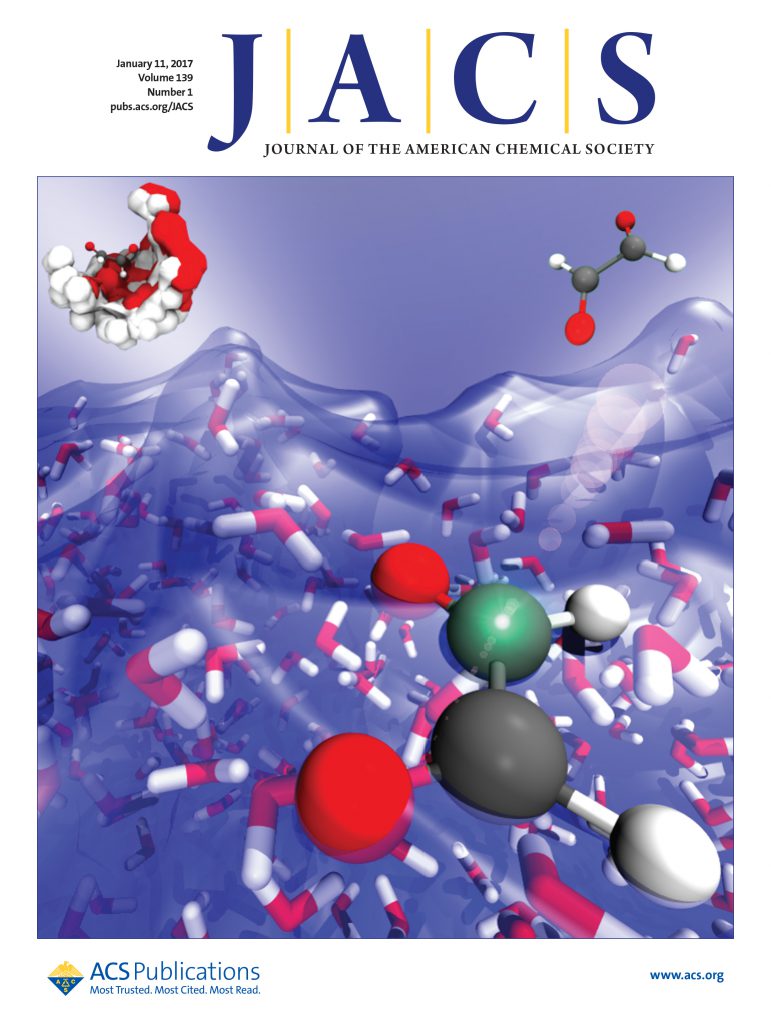Ordered Graphane Nanoribbons Synthesized via High-Pressure Diels–Alder Polymerization of 2,2′-Bipyrazine
IF 14.4
1区 化学
Q1 CHEMISTRY, MULTIDISCIPLINARY
引用次数: 0
Abstract
Graphane shares the same two-dimensional honeycomb structure of graphene, but its saturated carbon skeleton gives rise to a bandgap and therefore provides more possibilities for the development of novel carbon-based semiconductors. However, the hydrogenation of graphene usually leads to disordered and incompletely hydrogenated graphane, and the precise synthesis of graphane with a specific configuration is still very challenging. Here, we synthesized a crystalline graphane nanoribbon (GANR) via pressure-induced polymerization of 2,2′-bipyrazine (BPZ). By performing Rietveld refinement of in situ neutron diffraction data, nuclear magnetic resonance spectroscopy, infrared spectra, and theoretical calculation, we found that BPZ experienced Diels–Alder polymerization between the π···π stacked aromatic rings and formed extended boat-GANR structures with exceptional long-range order. The unreacted −C═N– groups bridge the two ends of the boat and are ready for further functionalization. The GANR has a bandgap of 2.25 eV, with booming photoelectric response (ION/IOFF = 18.8). Our work highlights that high-pressure topochemical polymerization is a promising method for the precise synthesis of graphane with specific structure and desired properties.

求助全文
约1分钟内获得全文
求助全文
来源期刊
CiteScore
24.40
自引率
6.00%
发文量
2398
审稿时长
1.6 months
期刊介绍:
The flagship journal of the American Chemical Society, known as the Journal of the American Chemical Society (JACS), has been a prestigious publication since its establishment in 1879. It holds a preeminent position in the field of chemistry and related interdisciplinary sciences. JACS is committed to disseminating cutting-edge research papers, covering a wide range of topics, and encompasses approximately 19,000 pages of Articles, Communications, and Perspectives annually. With a weekly publication frequency, JACS plays a vital role in advancing the field of chemistry by providing essential research.

 求助内容:
求助内容: 应助结果提醒方式:
应助结果提醒方式:


